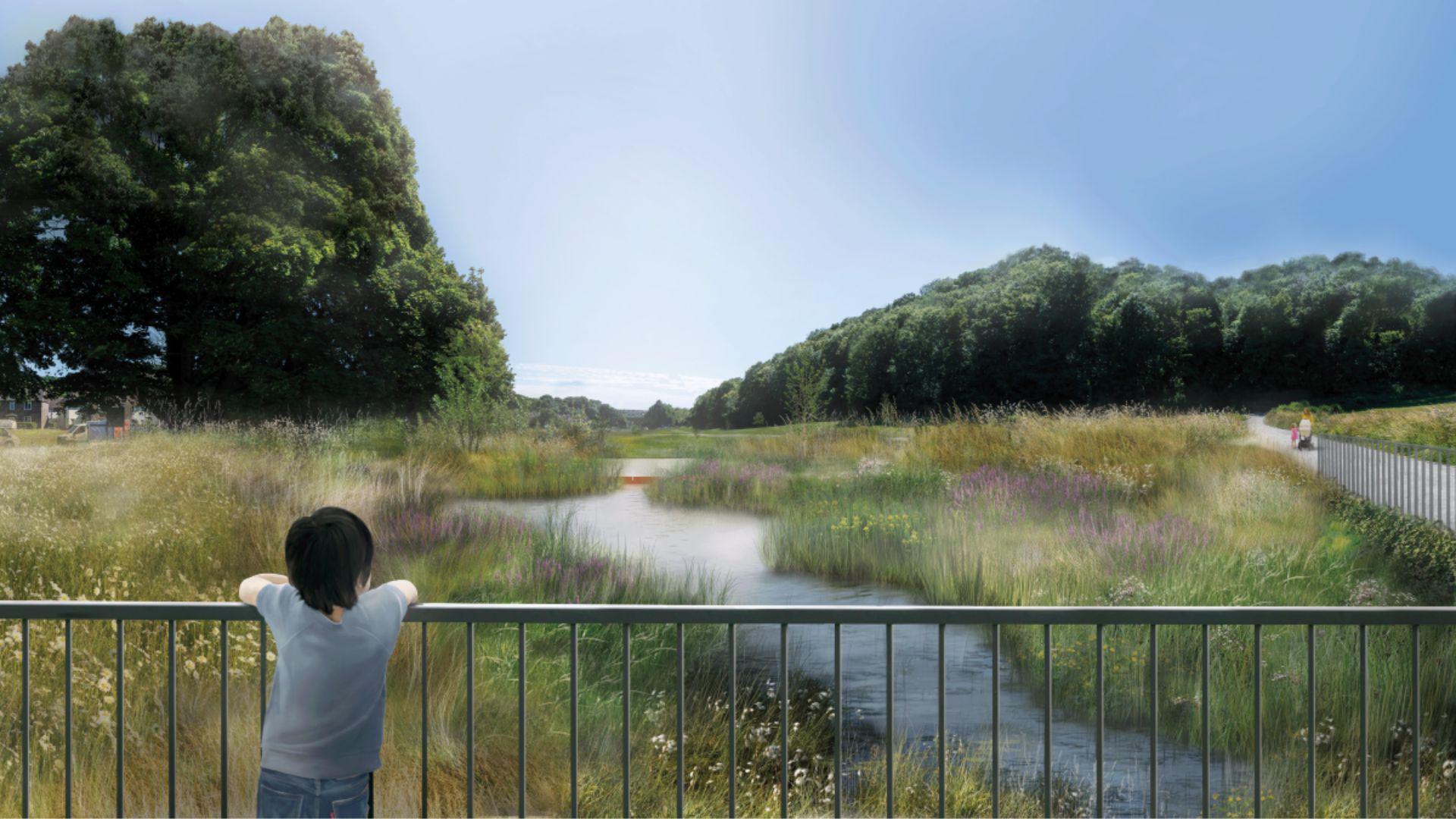How restoring Pevensey Levels could save species

Efforts to "re-wet" Pevensey Levels aim to reintroduce flocks of birds to the wetlands
- Published
Restoration work has begun to "bring Pevensey Levels back to life as one of the great biodiverse wetlands of the UK".
Sussex Wildlife Trust is working with National Highways on a £600,000 Network for Nature project which aims to "create an archipelago of wetland habitat".
This would provide "stepping stones" for species to move through the landscape, which stretches across 3,500 hectares (13.5 square miles) between Eastbourne, Hailsham and Bexhill, said head of nature reserves, Jamie Parsons.
It also hopes measures to "re-wet" the levels will reintroduce wetland birds which have "all but disappeared".
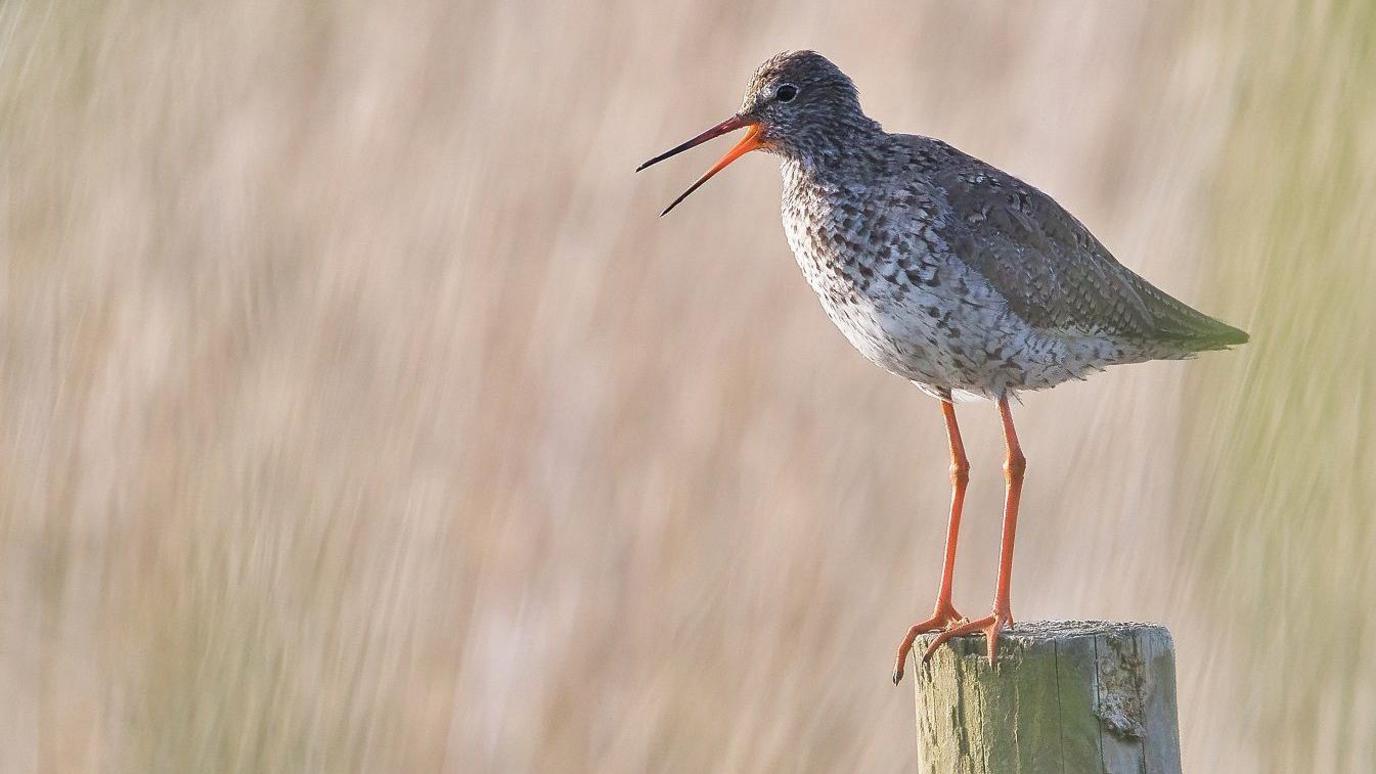
Wetland birds such as redshanks used to be found in large numbers on the nature reserve, but have "all but disappeared"
Mr Parsons says the main restoration work will begin from December.
"The aim is to create a mosaic of habitats by blocking and meandering ditches, digging scrapes and creating deeper ponds as well as undulations," he said.
"Together, these measures will help re-wet the levels, allowing wetland species to re-colonise lost territories."
He added that the trust is working with farmers, neighbours and other organisations to raise water levels.
"The aim is to create an archipelago of wetland habitat right across the levels providing stepping stones for species to move through the landscape."
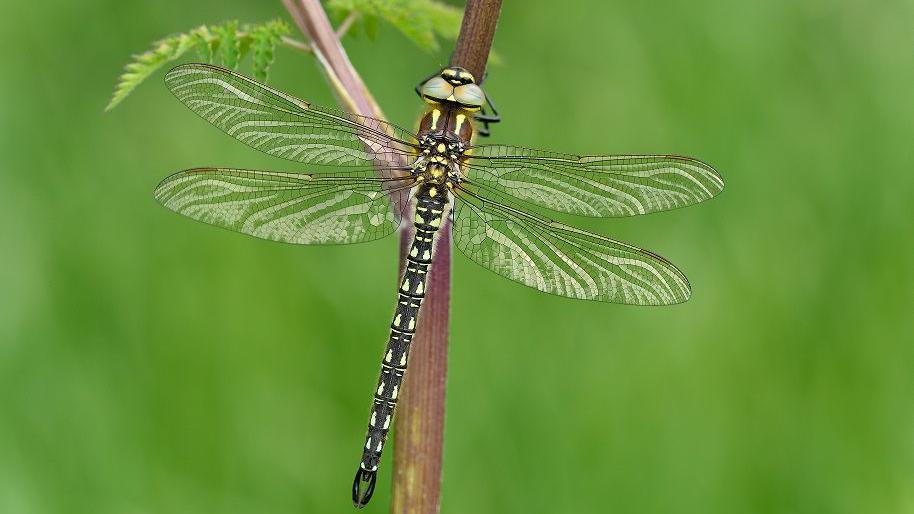
The reserve supports rare species such as the fen raft spider and the hairy dragonfly
In 1996, Sussex Wildlife Trust purchased 150 hectares of land on Pevensey Levels which was subsequently designated a National Nature Reserve along with a parcel of land owned by Natural England.
It is designated as a Site of Special Scientific Interest, Special Area for Conservation, and an International Designation for Important Wetlands.
The reserve supports rare species such as the fen raft spider, at least 25 rare aquatic molluscs, 16 species of odonata such as the hairy dragonfly, along with a huge number of rare aquatic invertebrates and plants.
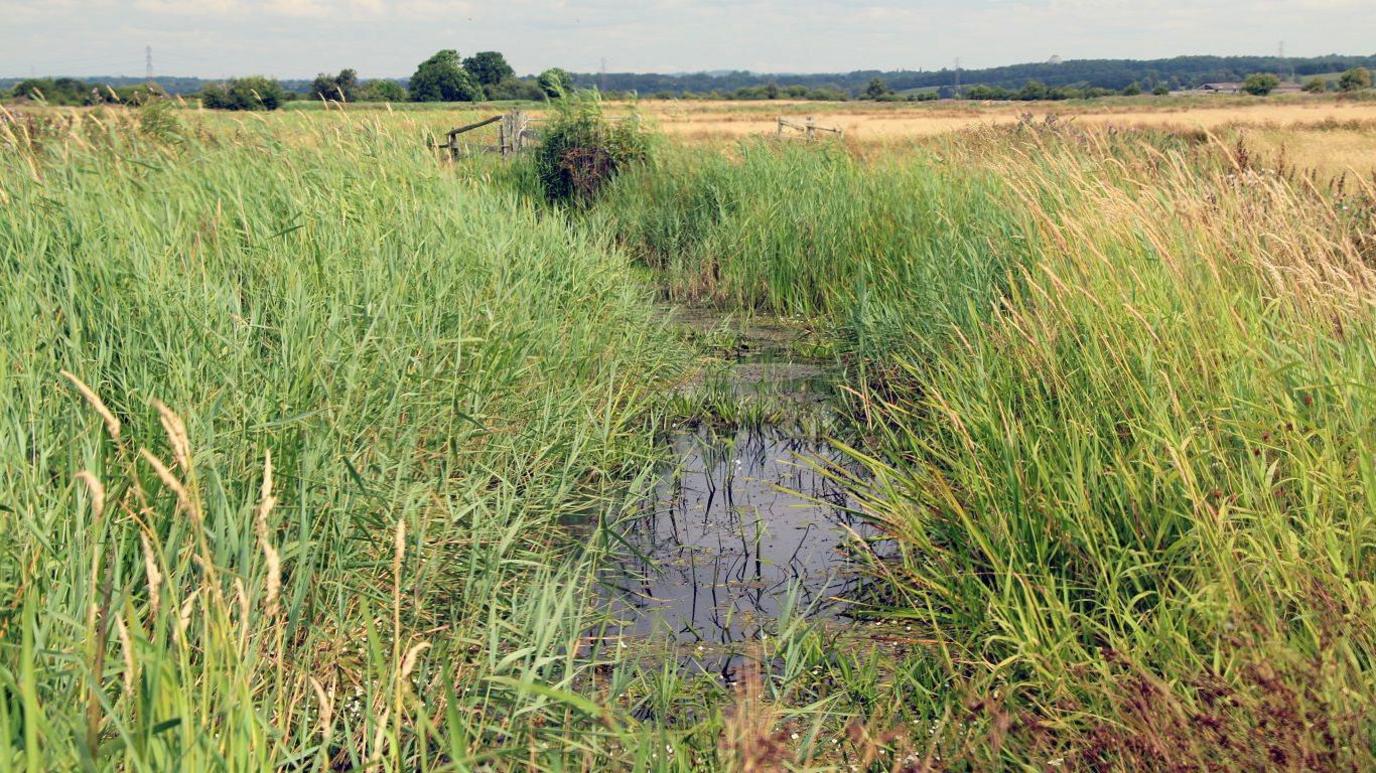
Regulation of the water supply could create a more balanced system at Pevensey Levels
"It is a landscape dominated by big skies, acres of lush wet grassland, intersected by many miles of ditches filled with nationally rare aquatic species," said Mr Parsons.
"However, there used to be another element Pevensey was famous for, and that is huge flocks of wetland birds.
"When we purchased the site in the late 1990s, there were large flocks of waterfowl and waders overwintering on the reserve, along with small numbers of lapwing and redshank breeding. Today, these flocks have all but disappeared from the levels.
He said "availability of water at the right time of year" would help create "a healthy, balanced system" for wildlife to thrive.
Follow BBC Sussex on Facebook,, external on X, external and on Instagram., external Send your story ideas to southeasttoday@bbc.co.uk, external or WhatsApp us on 08081 002250.
Related stories
- Published28 January 2024
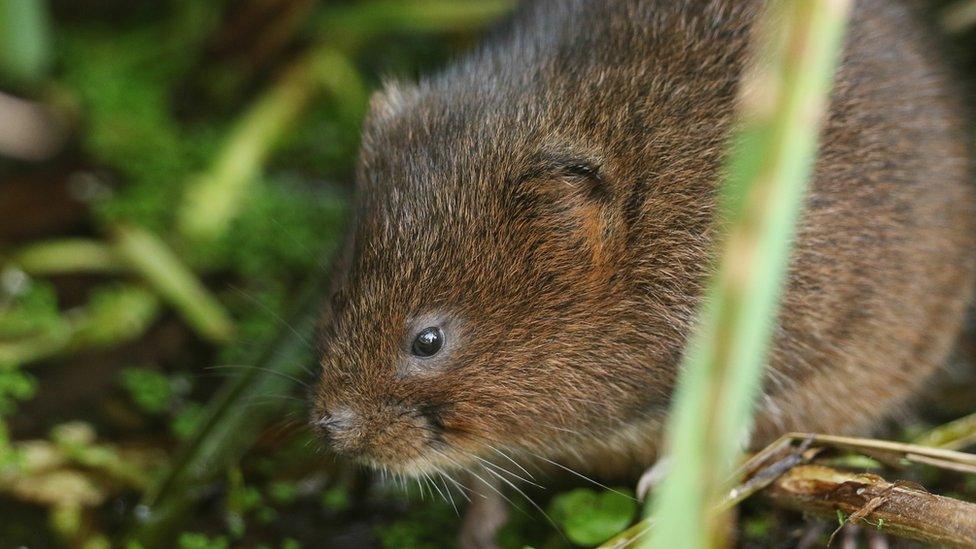
- Published10 October 2024
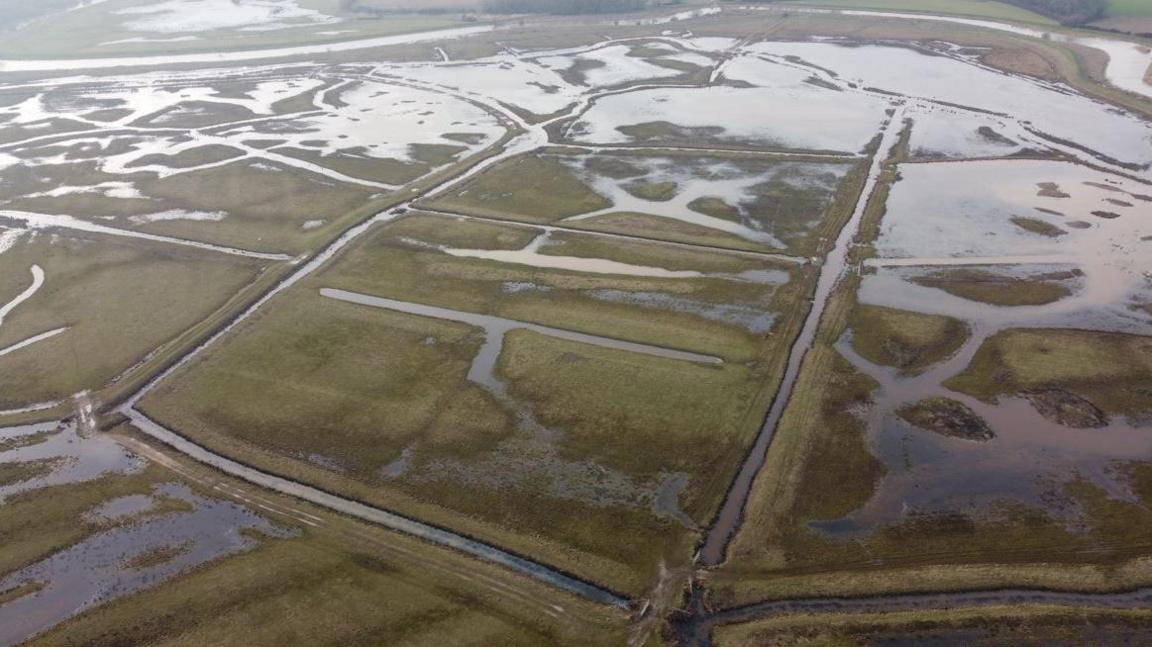
- Published27 June 2024
